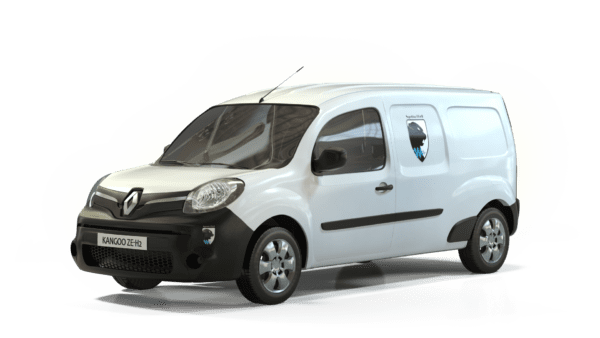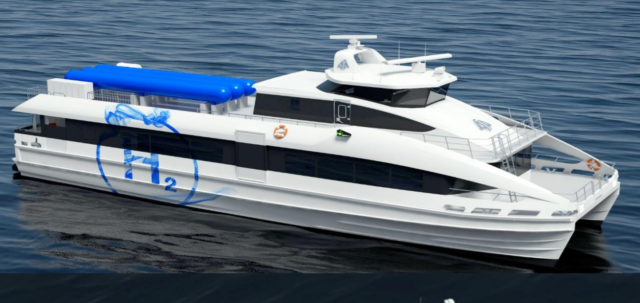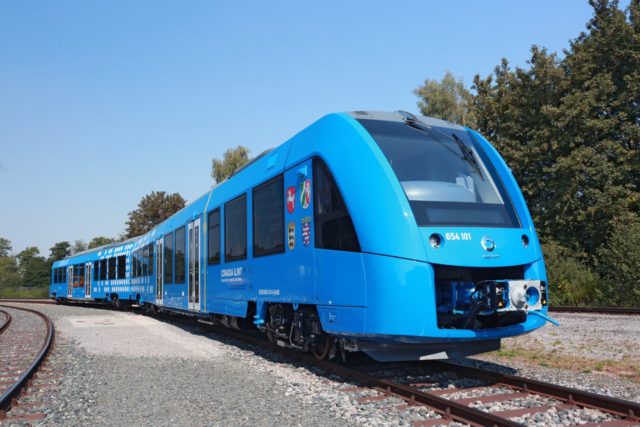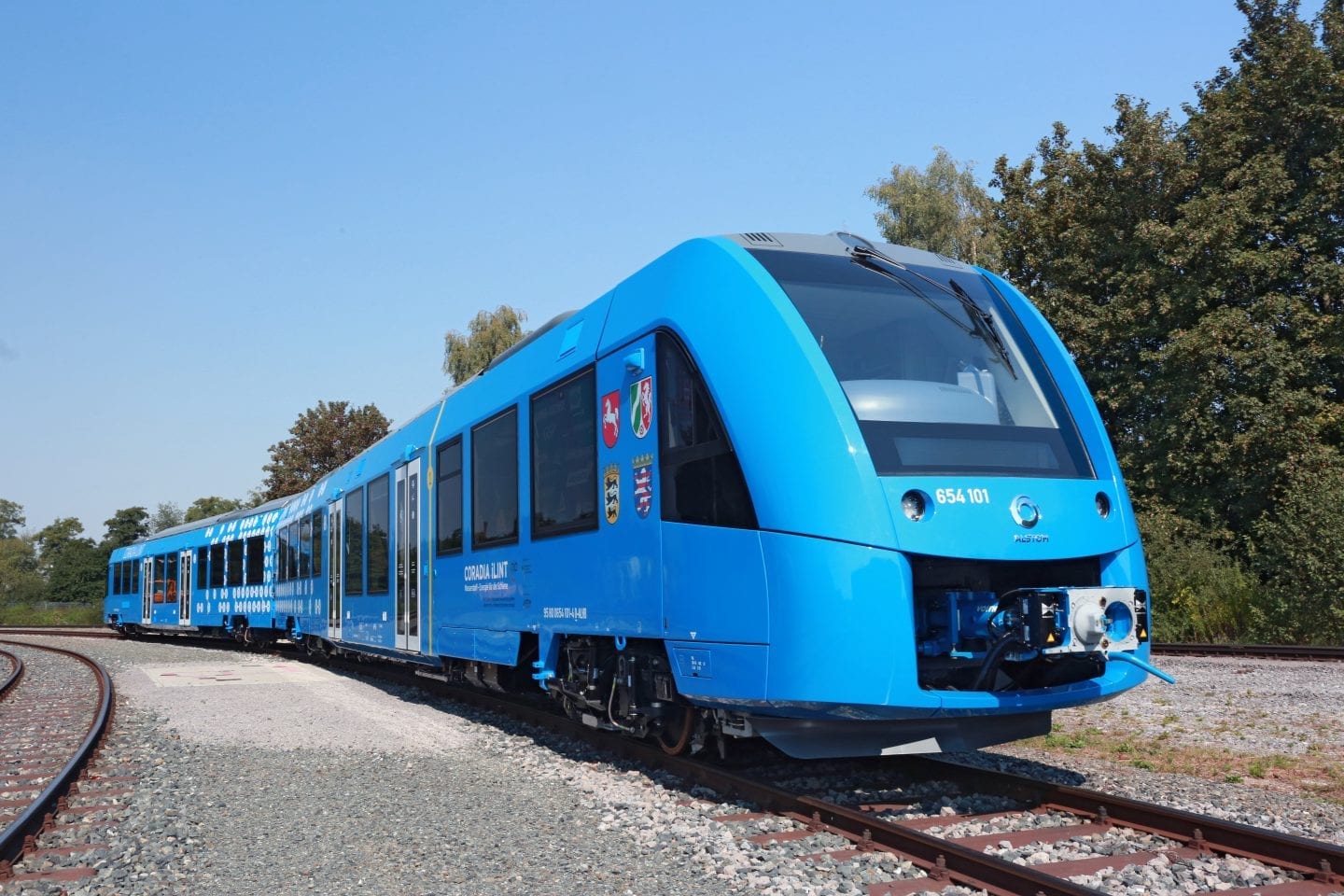While the U.S., and even more specifically California, is still seen as a global leader in hydrogen and fuel cell technology, more countries are embracing the alternative fuel and technology for a variety of purposes. Hydrogen-powered fuel cells are seen as a way to reach zero emissions when batteries are not feasible, such as delivery fleets, heavy-duty vehicles, locomotives and maritime vessels. Countries like France, Norway, and Germany have made big strides to develop and deploy hydrogen fuel cells in a variety of applications.
France
In June 2018, the French Environmental Minister, Nicolas Hulot, announced a 100 million euro investment into the French hydrogen economy, France is emerging as a country with ambitions to be a hydrogen powerhouse in Europe. The investment was pledged to be spent in 2019 alone and potentially annually for years after.
Currently, France has only 260 hydrogen fuel cell vehicles in the country; however, the government’s plan is to have 5,200 hydrogen powered vehicles (primarily commercial and heavy duty vehicles) by 2023. For infrastructure, the goal is to have 100 hydrogen refueling stations by 2023 compared to the 20 that exist today.
France’s strategy for fuel cell vehicle roll out is with captive fleets, targeting the postal and courier service companies using Renault Kangoos.
Whether the hydrogen will be renewable is still relatively unanswered as the government has only set a target of 10% renewable hydrogen by 2023 and 40% by 2028. The French Association for Hydrogen and Fuel Cells (AFHYPAC) sees this as a step in the right direction of realizing a hydrogen economy in France.
France’s strategy for fuel cell vehicle roll out is with captive fleets, targeting the postal and courier service companies using Renault Kangoos. Last year the Zero Emission Valley Project was announced for the Auvergne Rhône Alpes region funded by the European Union to support the launch of 1,000 FCEVs, 20 renewable hydrogen refueling stations, and 15 electrolyzers. The project received financing of 70 million euros over the next 10 years.

Renault Kangoo ZE H2 by Symbio FCell in France
Norway
In northern Europe, Norwegians are seeing a great opportunity to play a major role in the global market for hydrogen. With their large government subsidies for battery-electric vehicles, you can now see one electric vehicle out of every five cars on the roads.
Fuel cell vehicles have seen slow growth but the Norwegians, historical pioneers of the sea, have envisioned another way to use hydrogen, on vessels.
Fuel cell vehicles have seen slow growth but the Norwegians, historical pioneers of the sea, have envisioned another way to use hydrogen: on maritime vessels. There are 120 state-controlled ferry crossings and 240 locally-controlled ferry crossings connecting public roads for cars to traverse the large number of fjords in Norway.
Due to the nature of the fjords with steep mountainous sides, pollution from ferries is easily trapped. Thus the Norwegian Parliament has declared that starting in 2026 the fjords will be “zero emission zones”. This requires all ferries operating the crossings to utilize zero emission technologies. Most of the ferries will be battery electric as the majority of the crossings are short distances. However, for the longer ferry crossings where batteries are not feasible, there is an opportunity for fuel cells.
The first fuel cell ferry is scheduled to be in operation by 2021. The largest hurdle for fuel cells in maritime vessels is the lack of regulations. Codes and standards for any technology installed on a ship or vessel of any size is regulated by the International Maritime Organization (IMO).
Currently there is no literature on the use of hydrogen as a fuel in a maritime application. To assist in this process, the Norwegian Maritime Authority is developing regulations based on the fuel cell ferry scheduled to be released in 2021. The hope is that these codes and standards will be incorporated into the IMO code. The process for adding to the IMO code is on a four year cycle with the next opportunity to approve such additions in 2021.
Norway is also exploring the export of hydrogen to Japan from its 98% renewable electricity grid. In the warmer months of the year, ships can now sail through the non-frozen area along the Russian northern coast to Japan. Up to 11,000 tons per week of liquid hydrogen produced from renewable sources could be shipped to Japan by 2050. A pilot scale project is scheduled for operation by 2020.

Concept drawing of fuel cell ferry in Norway
Germany
For years, Germany was the leader in Europe for hydrogen and fuel cell projects, particularly because of government funding from their National Program for Hydrogen and Fuel Cells (NOW). Germany has 43 hydrogen fueling stations, which is more than nearly any other country in the world with the exception of Japan.
However, in recent years German automakers have been slow to release fuel cell models. The focus for German automakers in the wake of dieselgate is on battery electric vehicles.
The biggest news of out of Germany is the use of fuel cell locomotives developed by Hydrogenics and French train manufacturer Alstom.
There still is an ambitious national program to build 100 hydrogen stations by 2019 and 400 stations by 2023, though the country seems to be behind schedule. Germans are slow to adopt Japanese and Korean fuel cell vehilces as they prefer to drive German cars and are waiting for the wider release of the Mercedes Benz GLC F-CELL, which was on display at the Hannover Messe last April.
The biggest news of out of Germany is the use of fuel cell locomotives developed by Hydrogenics and French train manufacturer Alstom. The trains will be used to move passengers regionally as part of the German rail network. Hydrogenics stated it will assist in building 40 fuel cell trains by 2020 for the Germany and the UK. To date Alstom has completed the first operational tests of its Coradia iLint fuel cell train.

Image: Alstom
Alstom fuel cell passenger train in Germany


